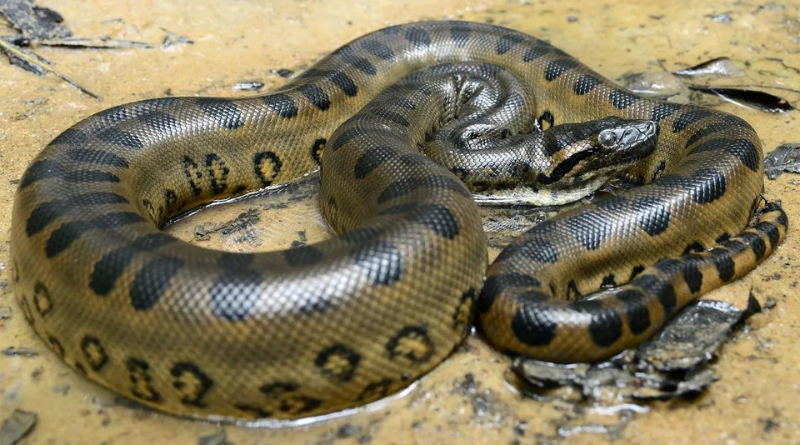Snakes, often feared and revered in equal measure, encompass some of the most intriguing creatures in the animal kingdom. Among them, the largest species stand out not just for their size but for their incredible adaptations and unique behaviors. In this blog post, we embark on a journey to explore the seven largest snakes on the planet. From the massive anaconda prowling South American waters to the majestic reticulated python slithering through Southeast Asian jungles, each of these giants has its own story to tell. Join us as we delve into their world, uncover their habitats, hunting techniques, and the awe-inspiring facts that make them true giants of the wild.
Green Anaconda
The green anaconda (Eunectes murinus) is undeniably the largest snake species in terms of weight, capable of reaching lengths exceeding 20 feet and weights over 200 pounds. Found in the swamps and marshes of South America, particularly in the Amazon Basin, these aquatic giants are apex predators, preying on fish, birds, and mammals that venture near the water’s edge.
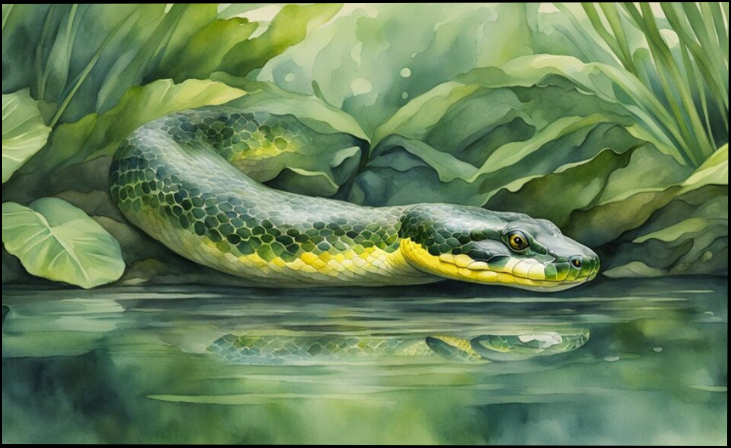
Reticulated Python
Native to the rainforests and grasslands of Southeast Asia, the reticulated python (Python reticulatus) is renowned for its impressive length, often reaching up to 25 feet or more. Named for its intricate pattern of scales, these pythons are skilled climbers and ambush predators, capable of taking down prey as large as deer and pigs with their powerful constriction.
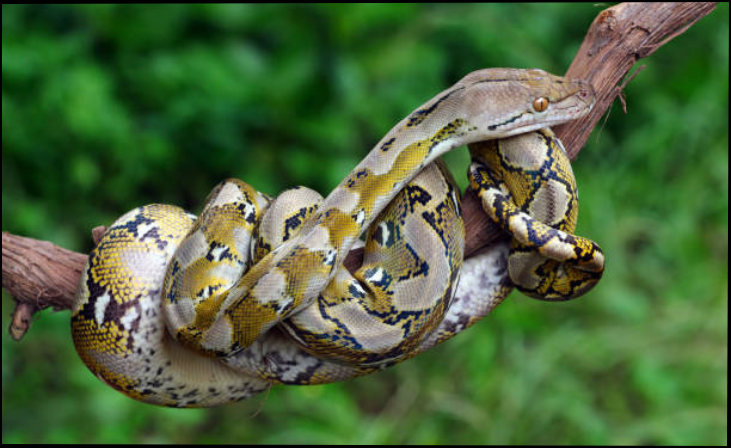
African Rock Python
The African rock python (Python sebae) is the largest snake native to Africa, inhabiting a range that extends from West Africa to Central and Southern Africa. These robust constrictors can grow up to 20 feet in length and are known for their adaptability to diverse habitats, including forests, savannas, and semi-deserts. They hunt by ambush, coiling around their prey and squeezing until it succumbs to suffocation.
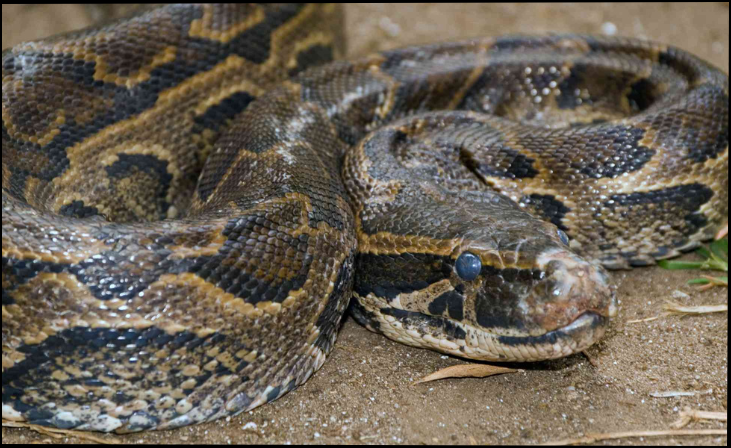
Burmese Python
Originating from the jungles and grasslands of Southeast Asia, the Burmese python (Python bivittatus) has gained notoriety as an invasive species in the Florida Everglades. These snakes are among the largest pythons globally, capable of reaching lengths exceeding 20 feet. They are powerful swimmers and adept hunters, feeding on a variety of mammals and birds.
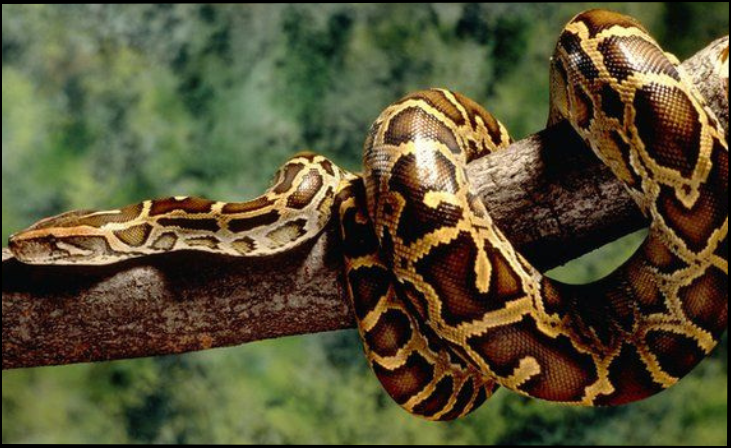
Indian Python
Found throughout the Indian subcontinent, the Indian python (Python molurus) is a formidable snake known for its large size and distinctive coloration. These pythons play a significant role in local folklore and cultural practices, often revered and feared by communities living near their habitats. They primarily feed on rodents, birds, and occasionally larger prey like deer.
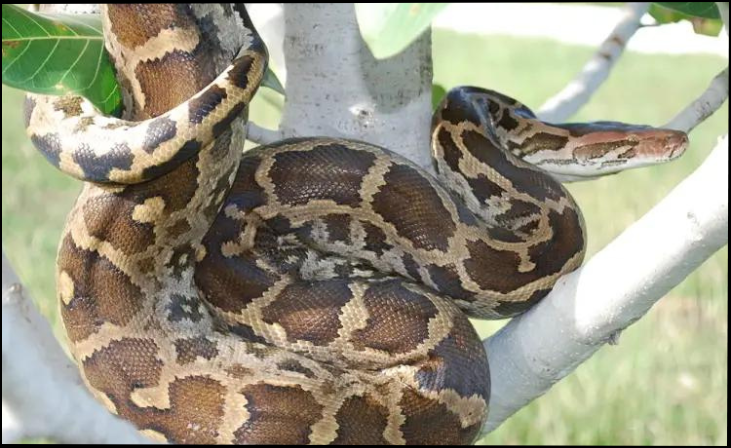
Amethystine Python
Also known as the scrub python (Morelia amethistina), the amethystine python is the largest snake species found in Australia and Papua New Guinea. These arboreal constrictors can exceed 20 feet in length and are renowned for their iridescent scales that shimmer like amethyst in sunlight. They inhabit rainforests and open woodlands, where they hunt a variety of prey including birds, mammals, and reptiles.
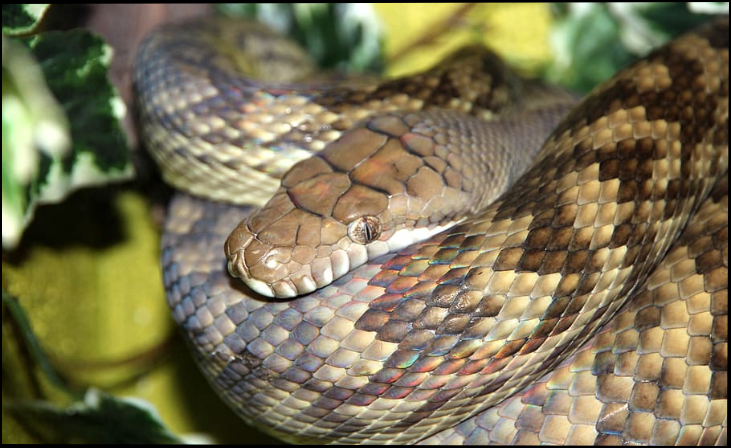
Boa Constrictor
Boa constrictors (Boa constrictor) are large snakes found throughout Central and South America. While not as long as some of the pythons listed above, boas are robust and powerful constrictors capable of taking down prey much larger than themselves. They inhabit a range of environments from tropical rainforests to semi-arid deserts, showcasing their adaptability and resilience.
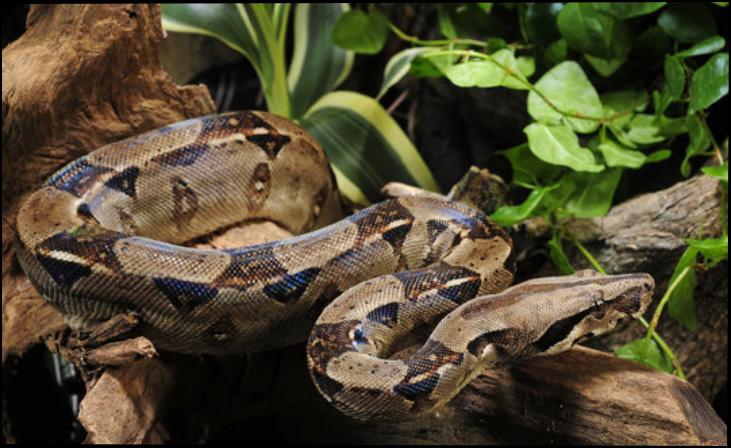
Conclusion
In conclusion, the world of large snakes is as diverse as it is captivating. Each species mentioned here not only represents a marvel of evolution but also plays a crucial role in its ecosystem. From the dense rainforests of South America to the arid savannas of Africa, these giant snakes have adapted to thrive in various environments, showcasing their resilience and predatory prowess. As we continue to study and conserve these remarkable creatures, their importance in maintaining ecological balance cannot be overstated. Whether feared or admired, the largest snakes in the world are undeniable giants of the wild, deserving our respect and protection.

